By Federico García Barba
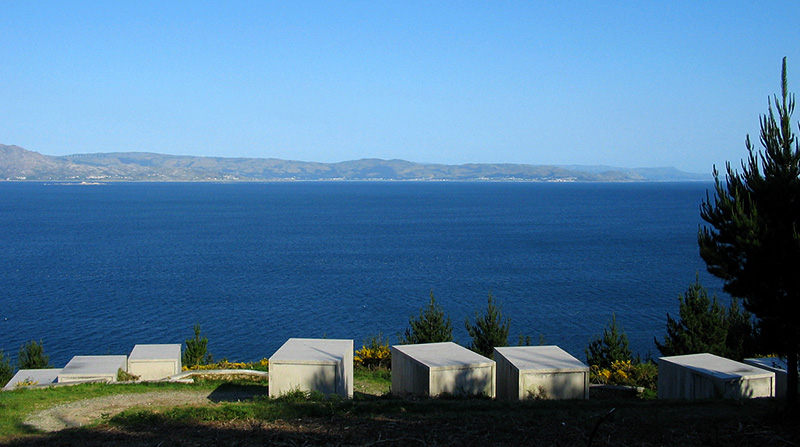 Granite cubes waterfront. Finisterre Cemetery. César Portela, 2000. Photos: Roberto Regatos
Granite cubes waterfront. Finisterre Cemetery. César Portela, 2000. Photos: Roberto Regatos
Every person has a transcendent aspiration although sometimes not aware of it. This is what happens to César Portela, architect, whose love of country than the mere recognition of a well-loved landscape. Almost all of his work summarizes a curious expressed pantheistic character with a passion overflowed in buildings and constructions, that can only be understood as Galician.
In our country, Portela is already a contemporary classic. His strong character and affable summarize an architecture of stone and metal that regularly uses the reverence for the work of those who have preceded.
César Portela defines architecture as the construction of the. Scrutinizing his works, would be tempted to change a preposition, specifying that definition as construction in space. And for him, build with the right materials in the right proportions and is an essential value of architecture. And following this reasoning, materials are suitable aquellos that are close to each work, as the stones of granite quarries of his homeland. For him, granite is an essential material, both almost megalithic capabilities-and always uses simplicity masses assembled with tectonic- rough texture such as accumulation reflecting the weather and the seasons.
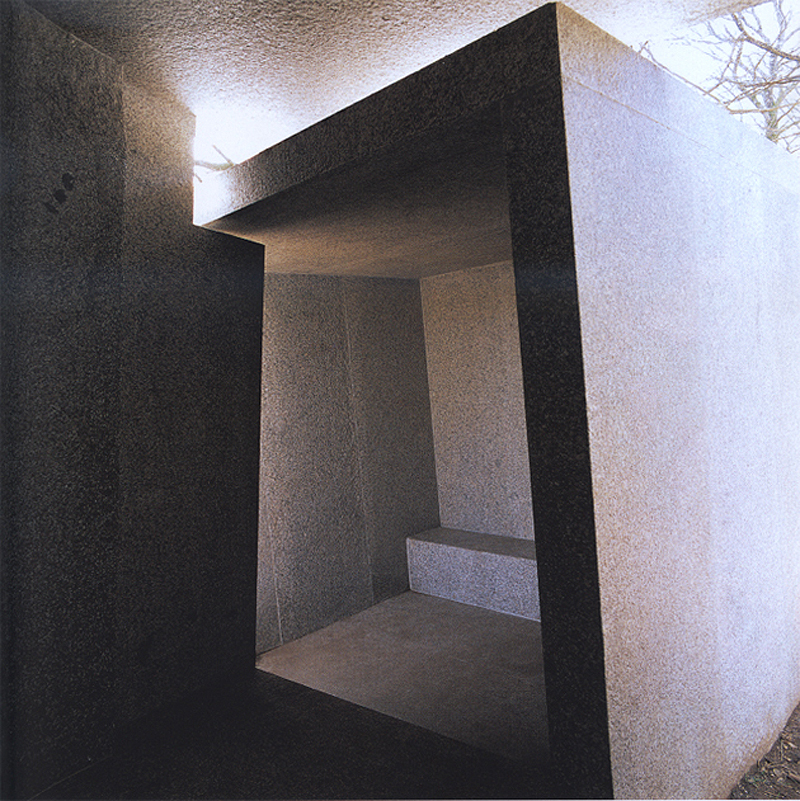 Refuge in the forest of carballeiras. Lalin, 2001
Refuge in the forest of carballeiras. Lalin, 2001
But, As order and are essential for understanding those buildings that claim to an ancient tradition. The proportion and the series that help compose symmetries and similarities are essential to someone looking boldly classicism. It is an effort to extract the simplicity from the memory of history inherited; for it, Simple as achieved with hard work and dedication is always a rule that guarantees the quality of their works.
I remember Caesar in a bus tour along the coast forests and their native landscape. He had coaxed a group of architects canaries invited by the School of Architecture of A Coruña to visit one of his works: a lighthouse that was newly built in Punta Nariga. In this journey, his passionate verb moved us his love for Galicia, traveling between primeval forests, at the same time that we approached this remote place and beaten by a merciless sea. At one point stopped the journey and encounter a small mound prehistoric, granite table that immediately interpreted as a demonstration of the transcendent papable of their way to see the architecture. A sample of the wisdom of dialogue that flows through time with those who have gone before and have used the same tools and materials, those that come from the depths of the earth.
The architecture of Cesar Portela had its early clearly biased social. I wanted to join as well, providing expertise, the effort to improve the lives of his countrymen most disadvantaged. This condition is reflected in works like the Houses for Gypsies, located in Campañó, Pontevedra would build on 1970 Fields with Pascuala. However, even then tends to recover its architecture traits Galician architecture as reuse of barn forms, these traditional typological constructions in the rural landscape of his country.
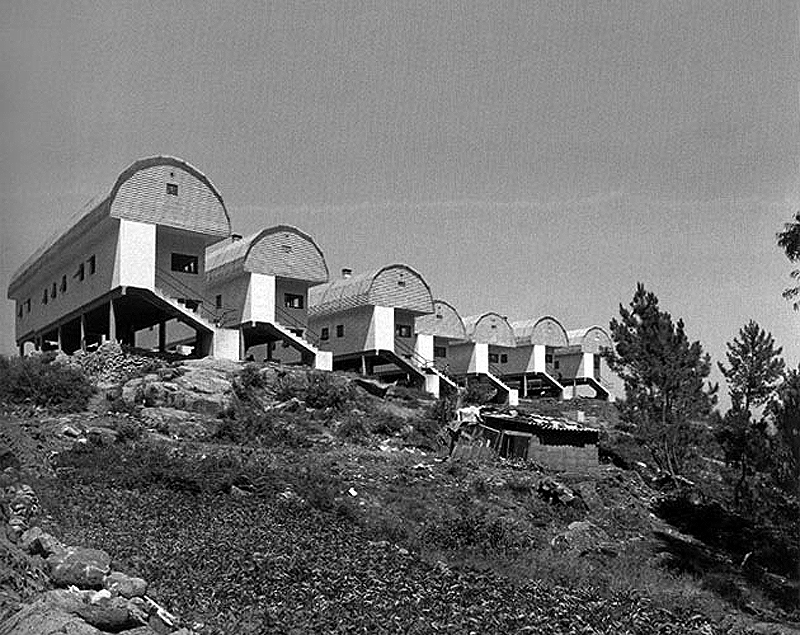 Housing for Roma. Campañó, Pontevedra. César Portela and Pascuala Campos, 1972
Housing for Roma. Campañó, Pontevedra. César Portela and Pascuala Campos, 1972
Something similar happens in the Municipal Market Bueu of 1971, a fish market that reconstructs the existing ruins to transform the waterfront of this ancient coastal settlement in citizen meeting place par excellence.
In subsequent years, César Portela addresses museíficar works dealing with the uses and rural folk traditions of his region. As with the Arosa VILAGARCIA Aquarium, House of Culture of Cangas (both of 1984) and a range of social and cultural facilities later. For this, architecture adopts an essential ways from his vast knowledge of the region popular prototypes. They are works that are strictly in order and measure to produce serene spaces openly showing his great admiration for the ethnography of the environment and rural traditions related to the built. Apply these buildings strategy symmetries and rhythms that tend to establish a kind of contemporary classicism.
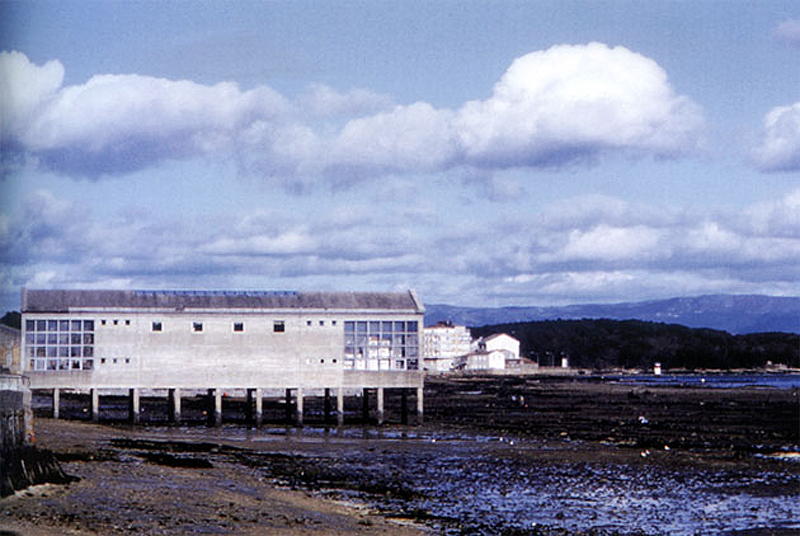 Aquarium VilagarcÃa of Arosa, 1987
Aquarium VilagarcÃa of Arosa, 1987
In 1994, constructed the building to the bus station of the city of Córdoba. A huge semicircular roof which is situated within an enclosure by high stone walls. It is a work that comes to the Arab Andalusian traditions of space to generate a suitable enclosure to transport uses. Both symmetrical and orderly conformation as the language of rhythm and equal holes that exude classicism to aspiring architect. At the same time, the building has been organized in awe to the pre-existing, as evidenced in its dialogue with the excavated under the same. In 1999, the state government would give the National Architecture Award, precisely in recognition of this and the long history and specific work.
In recent years, his works have been tending toward an essentialism that seeks to establish a more poetic dialogue with the landscape. Like when he says those huge stone cubes oceanfront municipal cemetery Finisterre, in the so-called Costa da Morte. A work of great inspiration, completed in 2000 and little understood by potential users, but claimed a small gesture aesthetics. As he himself says, there is the fusion of soul Galician, between land and sea: In his own words:
When I designed and built Finisterre Cemetery, the first thing I wanted to offer some dead rest they deserve in a place where the sublime was able to blend architecture with nature positively, As it has in the same place, always, land, the sea and the sky.
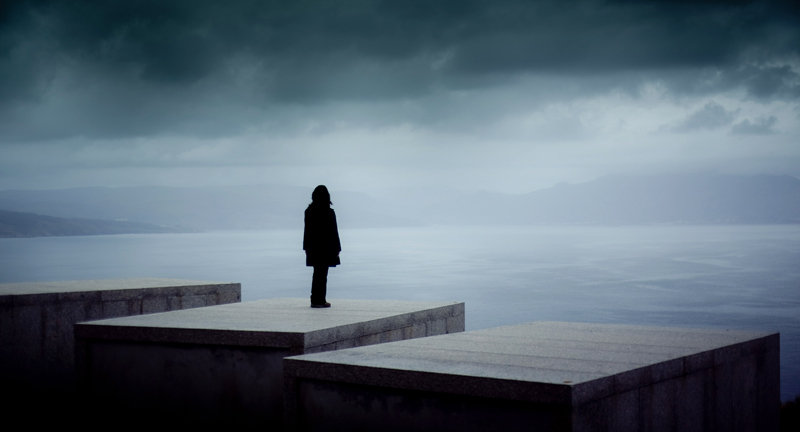 Municipal Cemetery Finisterre. Costa da Morte, 2000.
Municipal Cemetery Finisterre. Costa da Morte, 2000.
The, better still, this idea of communion with the landscape is brilliantly expressed in these constructions, almost stone furniture- added to the magical space Carballeirade Lalin inthe forest of 2001. Some parts sound like places for ecstasy and essential meeting those who live in the same land. There he finds the comfort of the bodies and spirits in contact with the ancestral territory representing an old oak. The large stone table inside constructed Portela is a metaphor advocated communion countrymen needed. The carvings enclosures and invite us to think of nature as a resting place for our memories, one that can only happen in a particular territorial space.
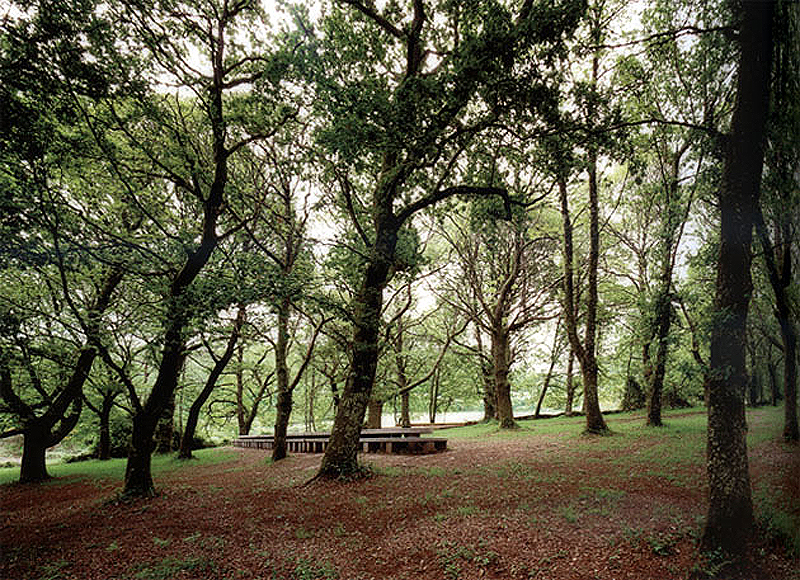 The large stone table for the community of Galicia. Lalin carballeira. 2001
The large stone table for the community of Galicia. Lalin carballeira. 2001
In recent years, César Portela has embarked on a host of important and voluminous works both in and outside his native Galicia in other parts of the country and the world. He had to grow as architect and mount a large project workshop. But it would, have abandoned their creative impulses and his pursuit of local references.
School of Telecommunications Engineering at the University of Vigo is an exercise in fitting out a large program into a rugged topography. There, subtle strategy is employed to fit the extensive program, is subdivided teaching spaces in long bars that are integrated parallel to the peculiarities of the terrain. All these parts are organized with a great backbone that will articulate communications horizontal and vertical paths in a kind of three-dimensional backbone.
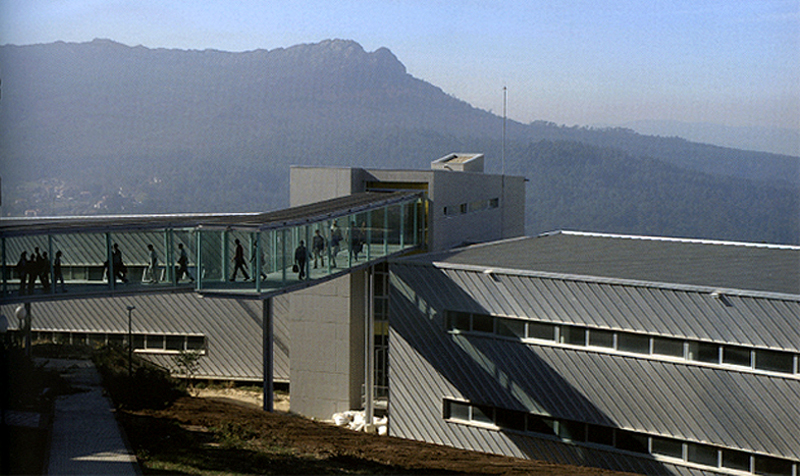 Telecommunication Engineering School. Vigo, 2003
Telecommunication Engineering School. Vigo, 2003
In the natural park of Los Toruños, Located in the Bay of Cadiz, has built a number of places that allow enjoyment of the beauty of the place. They pavilions and walkways that guide us in the contemplation of a landscape between the sea and the land. Faced with the harsh sun of Andalusia, Here we have tried to generate shadow enclosures while being radically open. The use of the square as a basis for measuring composition and, along with the use of treated wood, unifies here the character of all interventions built.
For the architect Portela, architecture is a gimmick that to be can not avoid creating excitement: essential feeling really exist as such architecture. We could express it as an irrational emotion that comes from deep within the artist must also act as technical; that transcends biological existence to resonate with power only in some cases. In those where there is the wonder of poetic encounter with the art of architecture. In his own words:
All living things have needs; human, We also wish.
The art is what brings us closer, bringing us closer to our desires, our passions. Science is another thing. It is also essential to the imagination, as in art, but what prevails is the reason.
Art meets that substantially all of our desires.; architecture, also, have to give satisfaction to an important part of our needs, and the odd whim, creating habitable spaces, besides being beautiful and provide freedom to our spirits, den Safety, shelter and comfort to our bodies. Thus, if we do not get our works to satisfy these needs, we will not be good builders. And if we do but we can not get our wishes these works colmen, by the beauty and excitement that transmit, will be bad artists. In both cases, we will not be good architects.
Undeniably César Portela is a magnificent spaces builder but also a great artist who has transmitted his passion for the beauty of their land in innumerable splendid group of buildings.
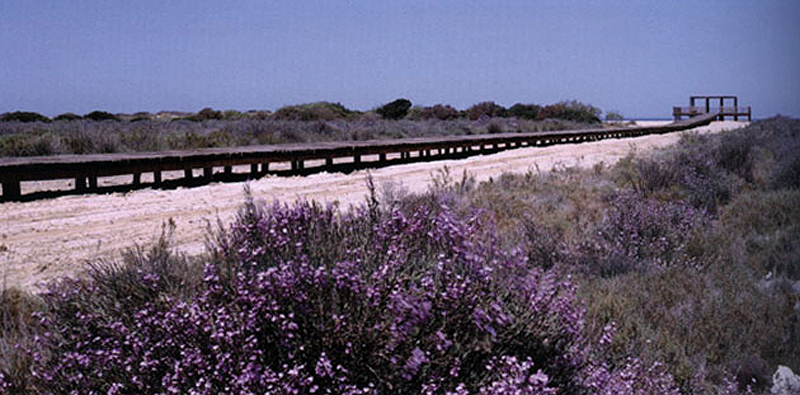 Gateway Visitor natural park of Los Toruños. Cadiz, 2002
Gateway Visitor natural park of Los Toruños. Cadiz, 2002
All this and much more has been neatly compiled in a book titled almost testamental César Portela, emotion and reason in architecture. A work summary of a fruitful path representative of a way of making architecture in the peripheral regions of the developed world.
More Information:
César Portela, emotion and reason in architecture. Loft Publications 2012.
César Portela, architect. Official website of the architectural.
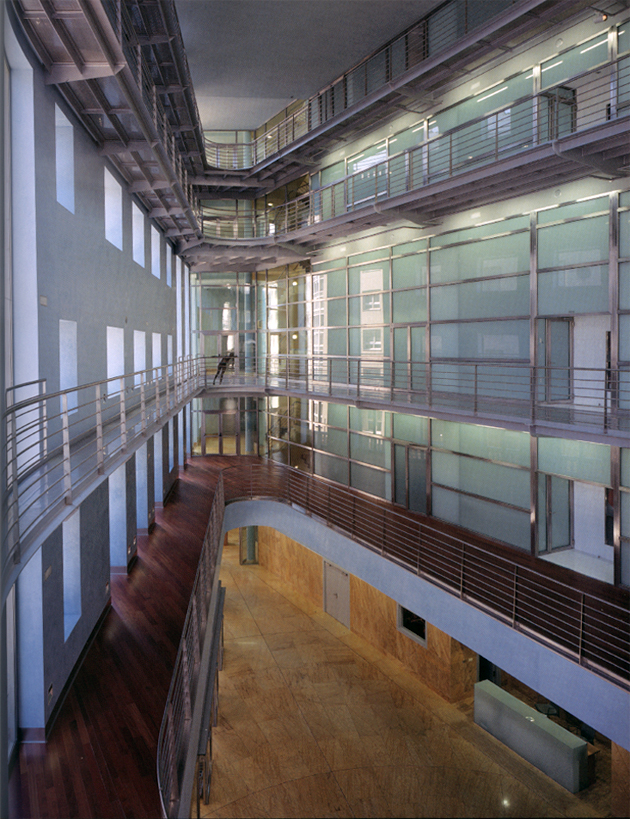 Atrium Caixanova Sociocultural Center access. Pontevedra, 2006
Atrium Caixanova Sociocultural Center access. Pontevedra, 2006
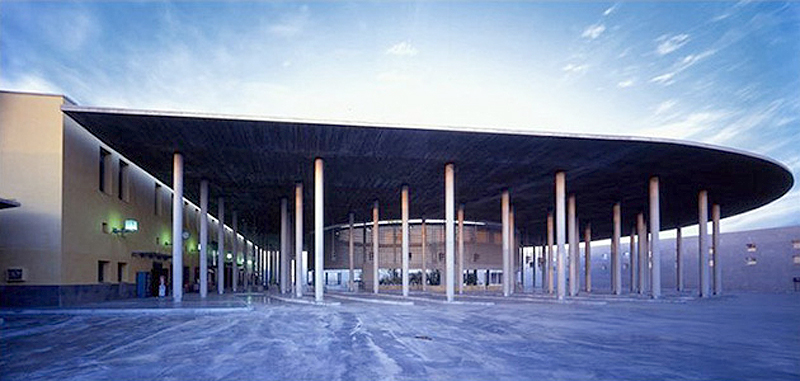
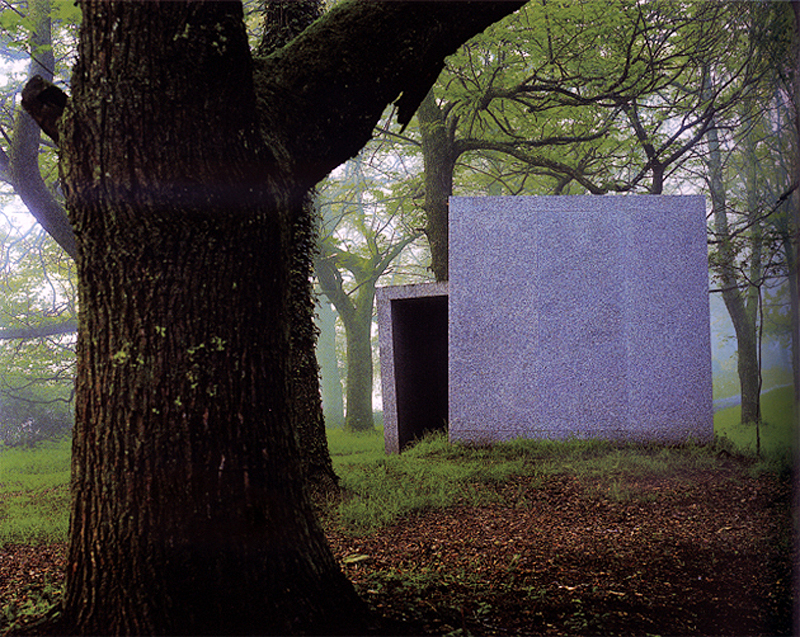
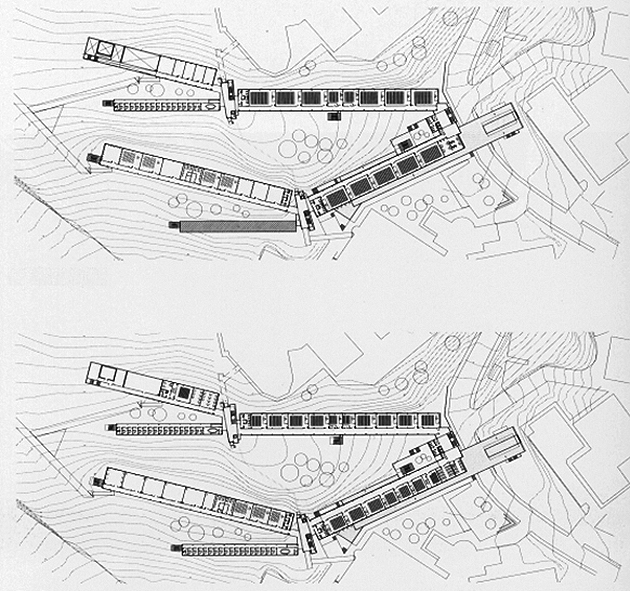
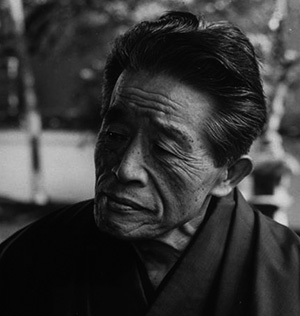


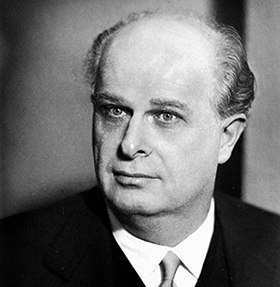
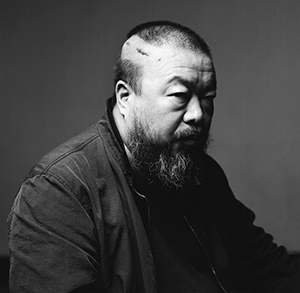
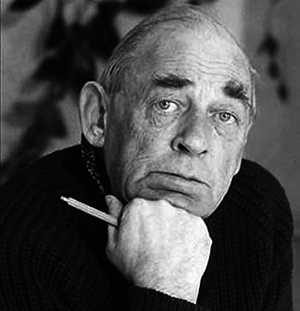
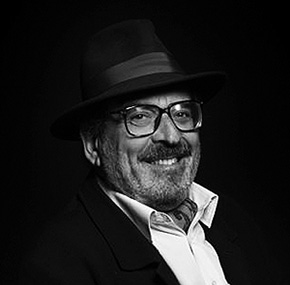
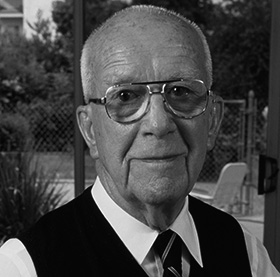
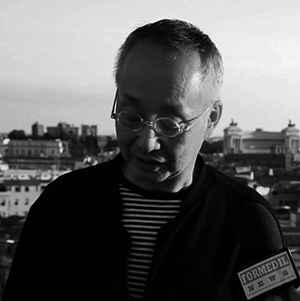
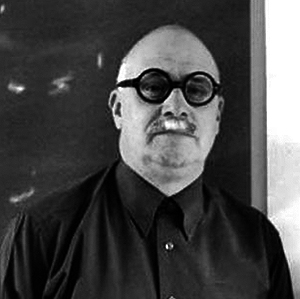
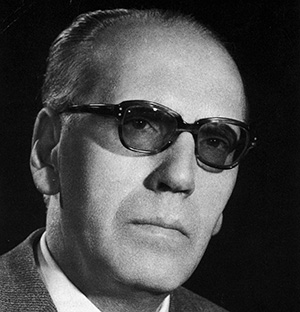
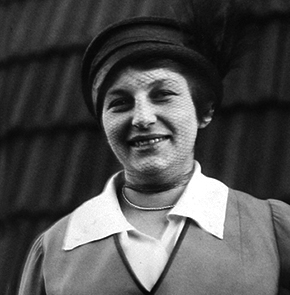
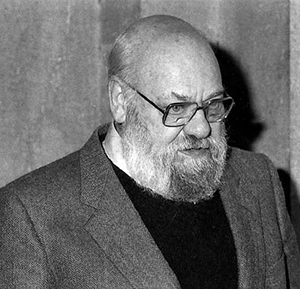
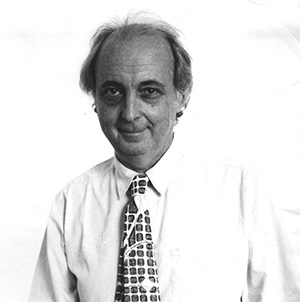
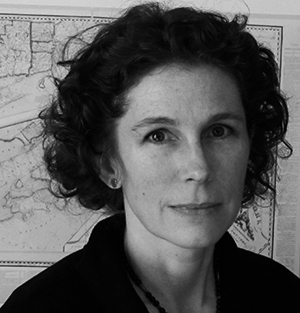
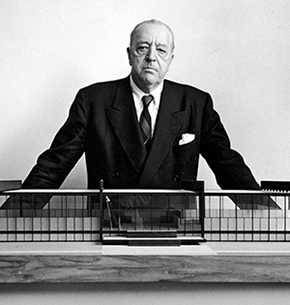

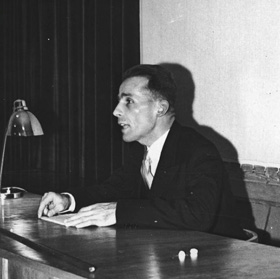
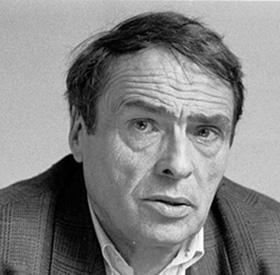
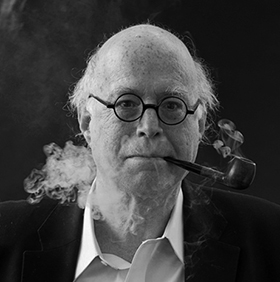
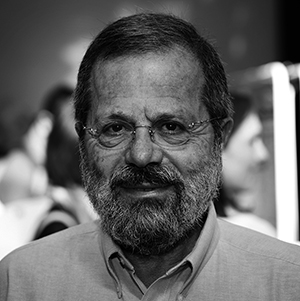
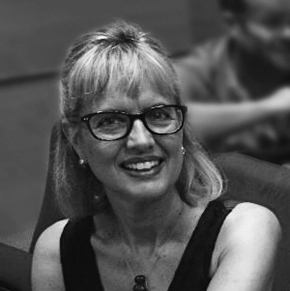
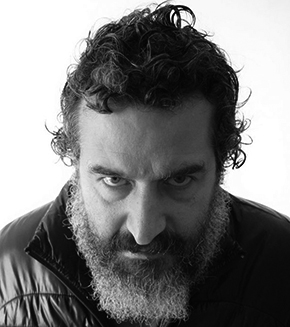
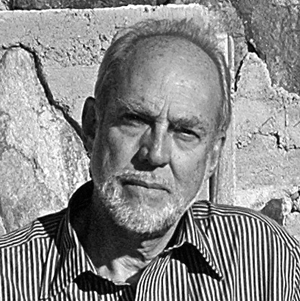
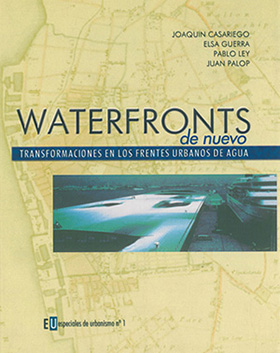




Sin los fotógrafos no existiría esta publicación, por qué nos ignoran siempre?
No es cierto lo que dices. Siempre que conocemos la información procuramos ponerla.
También es verdad que en este artículo, solo hemos la autoría de una de las fotos que hemos utilizado. Vamos a intentar complementar lo que podamos aportar sobre los autores de las restantes.
De todas maneras, nuestras disculpas por desconocer algo que deberíamos.